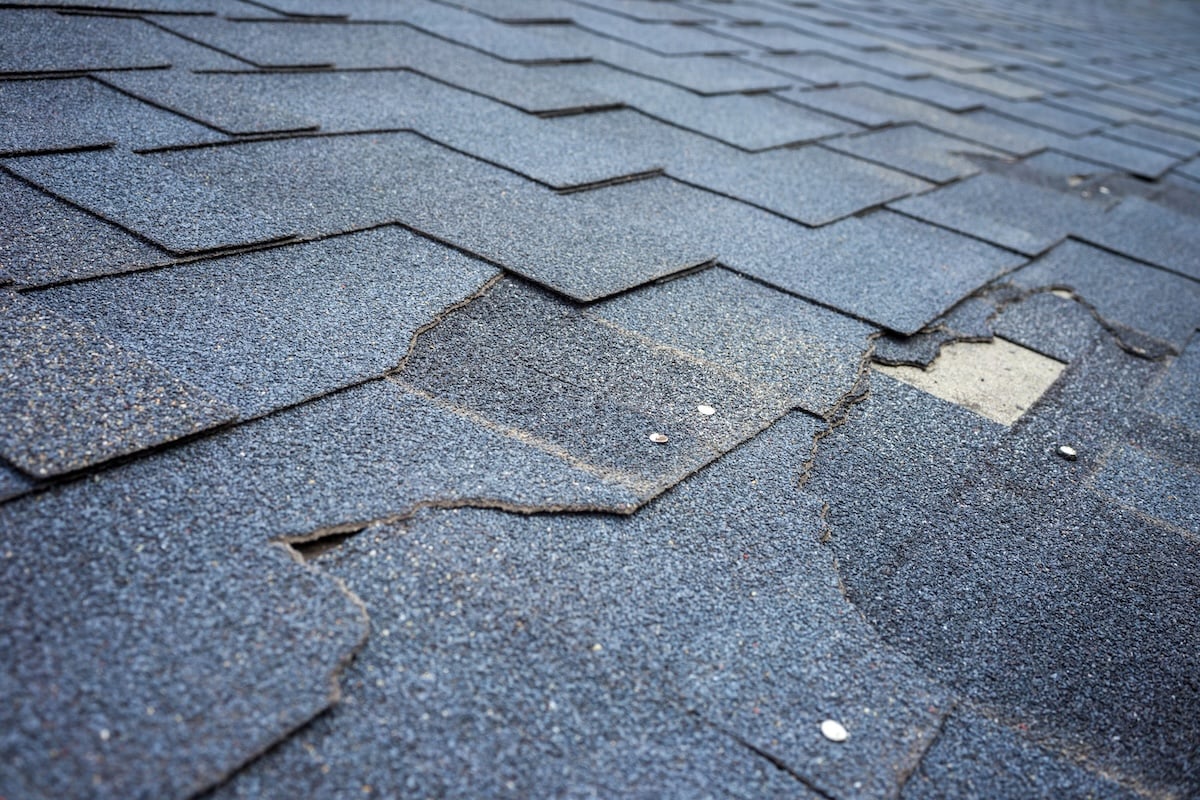If you’re dealing with roof damage after a storm, you may be wondering what the average insurance payout for hail damage roof repairs or replacement looks like. Hailstorms can cause significant harm to roofing materials, and while insurance can help cover the cost, understanding what to expect and how to navigate the claims process is essential for homeowners.
In this guide, we’ll cover:
- What factors influence the average insurance payout for hail damage
- How the claims process works and how to avoid common pitfalls
- Tips to ensure you receive a fair and full settlement
Let’s break down how hail damage affects your roof and your wallet, and how to get the most from your policy.
⛈️ How Hail Damage Affects Your Roof
Types of Damage Caused by Hail
Hail doesn’t just leave behind cosmetic problems, it can seriously compromise the structural integrity of your roofing system. The size, speed, and angle of the hailstones all play a role.
Common types of hail damage include:
- Cracked or missing shingles
- Granule loss on asphalt shingles
- Dents in metal roofing or flashing
- Punctures in underlayment or roof vents
Even small dents can open the door for leaks, mold growth, and further deterioration if left unchecked.

Why It Matters for Insurance
Most homeowner insurance policies cover hail damage, but the payout depends heavily on:
- The extent of the damage
- Your policy’s terms and deductible
- Whether your roof is being repaired or replaced
Understanding how these factors are evaluated helps you avoid lowball settlements.
📋 What Is the Average Insurance Payout for Hail Damage Roof?
The average insurance payout for hail damage roof repairs or replacement in the U.S. typically ranges between $8,000 and $15,000. However, this number can fluctuate based on location, roof type, and coverage.
Factors That Affect the Payout
Several key elements influence your final insurance settlement:
- Roof age and material
- Size and pitch of your roof
- Local labor and material costs
- Scope of damage (partial or full roof replacement)
- Your deductible amount
Some homeowners may receive just enough for a few repairs, while others get full roof replacements, especially if the roof is newer and the policy covers replacement cost rather than actual cash value.
🔑 5 Key Steps in the Hail Damage Insurance Claim Process
Understanding the process from start to finish can help ensure you receive the compensation you’re entitled to.
1. Inspect and Document the Damage
- Take clear photos of all visible roof damage
- Capture collateral damage (gutters, siding, windows, etc.)
- Note the date of the hailstorm and save weather reports
Having strong documentation upfront supports your claim and speeds up processing.
2. Contact Your Insurance Company
- Notify your insurer about the potential hail damage
- Ask how long you have to file a claim
- Request details about what your policy covers
Make sure to review your deductible and confirm whether your policy is based on replacement cost value (RCV) or actual cash value (ACV).
3. Schedule a Professional Roof Inspection
- Hire a licensed roofing contractor to assess the damage
- Get a detailed report with photos and cost estimates
- Choose a contractor experienced with insurance claims
This third-party evaluation is critical to ensuring your insurance adjuster doesn’t overlook damage.
4. Meet with the Insurance Adjuster
- Coordinate a time when your contractor can be present
- Walk through the inspection with the adjuster
- Ensure all damaged areas are properly noted and measured
Your roofing contractor acts as an advocate during this inspection, helping to verify the scope of the damage.
5. Review the Insurance Estimate and Proceed
- Compare the adjuster’s estimate with your contractor’s
- Request revisions if the scope or costs are underestimated
- Schedule repairs or replacement once the claim is approved
Make sure you understand how payments will be distributed, usually in multiple installments tied to progress.

❌ Common Mistakes That Reduce Your Payout
Avoiding these errors can increase the chances of a full and fair insurance settlement:
- Waiting Too Long to File a Claim: Most insurance companies have strict filing deadlines, typically within 6–12 months of the hail event.
- Not Using a Licensed Contractor: Hiring a non-certified roofer can lead to subpar repairs and jeopardize future insurance claims.
- Accepting the First Offer: Insurance adjusters may undervalue your claim. Having a contractor’s estimate gives you leverage to request adjustments.
- Overlooking Hidden Damage: Leaks, weakened decking, or flashing damage may not be visible from the ground. A thorough inspection is key.
🤔 Additional Costs to Consider
Not all hail damage expenses are fully covered by insurance. Be prepared for these potential out-of-pocket costs:
Your Deductible
- Typically ranges from $500 to $2,000 depending on your policy
- Must be paid before the insurer contributes
Code Upgrades
- Some older roofs require upgrades to meet local building codes
- If your policy doesn’t cover code compliance, you’ll be responsible for the added cost
Material and Color Matching
- If exact shingles or materials are discontinued, insurance may not pay for full replacement
- Some policies offer matching coverage, others don’t
📈 Insurance Trends in 2025: What to Expect
Hailstorms have increased in severity in many parts of the U.S., and insurers are adjusting their approach.
Higher Deductibles for Wind and Hail
Many policies now include a separate wind/hail deductible, which can be a percentage of your home’s value instead of a flat fee.
More Use of Actual Cash Value
Some insurers are shifting from replacement cost to actual cash value for roofs over 10–15 years old. This can dramatically reduce your payout.
Policy Exclusions
Read your policy carefully, some may exclude cosmetic hail damage on metal roofs or limit coverage to certain damage types.
Staying informed about policy changes can help you plan better and avoid unpleasant surprises during claim time.

🏠 When to Consider a Full Roof Replacement
Not all hail damage justifies replacing the entire roof, but in many cases, it’s the smarter option.
- Your Roof Is Nearing Its Lifespan: If your asphalt shingles are 15+ years old or your metal roof shows signs of rust, it might be more cost-effective to replace the entire system.
- Damage Is Widespread: If damage affects more than 25–30% of the roof, most insurance companies will approve a full replacement.
- You Want to Upgrade Roofing Materials: A replacement is a great time to upgrade to impact-resistant shingles or more energy-efficient materials that may lower your premiums.
👍 J-Tech Construction & Solar Is Your Partner
Understanding the average insurance payout for hail damage roof repairs or replacement helps you make informed decisions when storms strike. But more than that, having a trusted roofing partner can ensure the process goes smoothly from start to finish.
Dealing with hail damage? Contact J-Tech Construction & Solar today. We’re here to protect your home, and your peace of mind.






